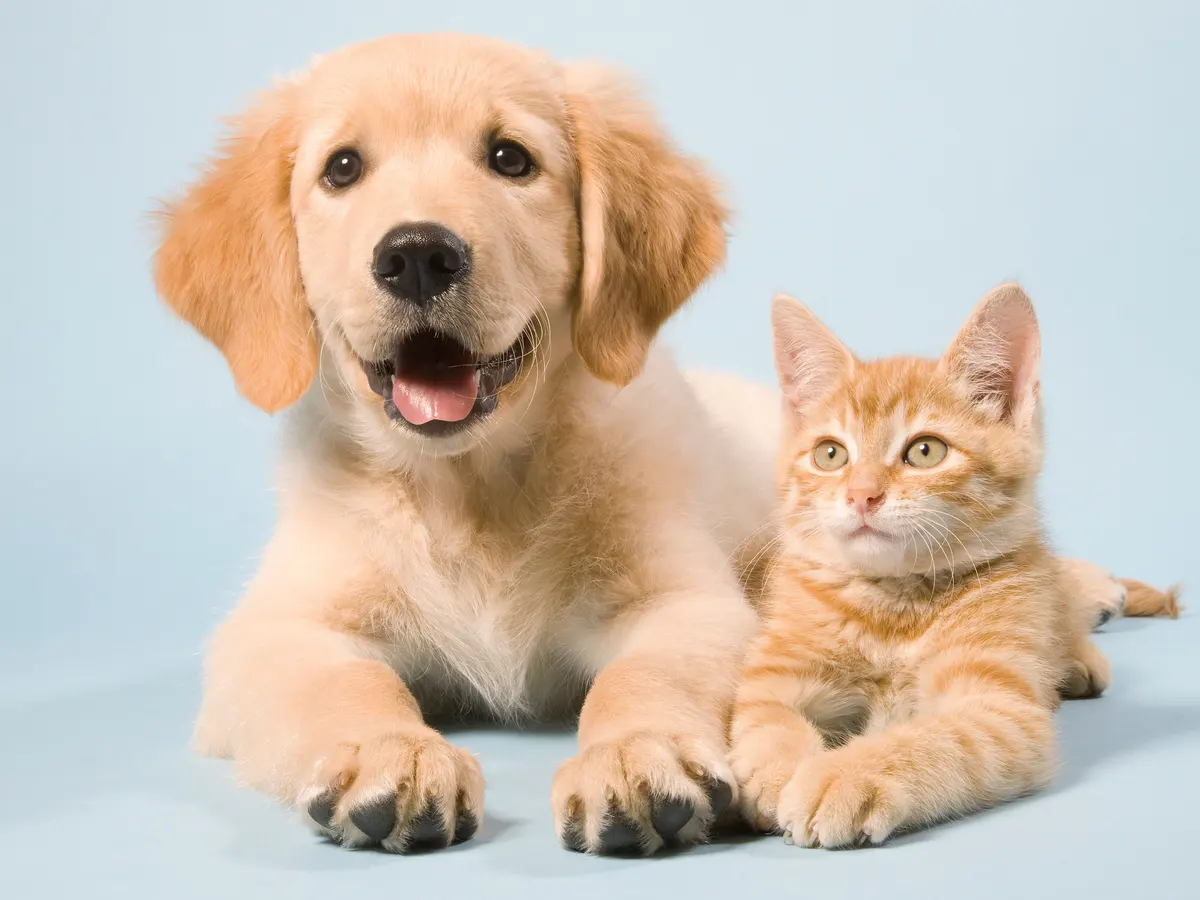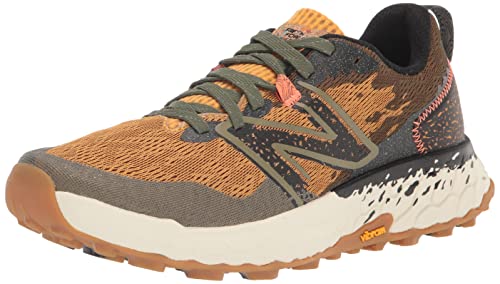The Best Running Hydration Belts for Any Runners of 2024
Overview
Running hydration belts are the only option when it comes to carrying supplies and water on the route. The Best Running Hydration Belt is a must-have in every runner's wardrobe, whether it's for carrying water on hot days or keeping a few items for a quick run.
However, there are other opts available, which one is an ideal for you?
The greatest options will be potent, simple to use, and adequately meet your individual requirements.
To assist you in selecting the best running hydration belt for your needs, we test and assess dozens of them as they become available. We’ve tested a range of models to find those that provide the best pick-up as well as the most ideal design based on their performance, but also their feature set, design, and price.
Continue reading to discover more about various running hydration belt models and how to choose the finest one with our below top picks. After that, we put together in-depth reviews and buying guides for you to choose from.
Top Picks
1. Best Overall: G-Run Hydration Running Belt
2. Best Budget: sport2people Running Belt
3. Best Premium: CamelBak Repack LR 4 50 oz Hydration Pack
4. Most Sturdy: URPOWER Running Belt
5. Best Bang for Your Buck: PYFK Running Belt Hydration Waist Pack
6. Best Easy-to-Hold: Runtasty Winners' Running Fuel Belt
7. Most Lightweight: AiRunTech Fanny Pack
8. Most Comfort: Simptech Running Belt Bag
Buying Guide
When looking for the finest running hydration belt, there are a few things to keep in mind:
When picking which of the best running hydration belt units, there are a few key considerations that customers should keep in mind. With so many options to choose from, picking one is a difficult choice. However, you do not need to waste time deciding which one to purchase. Take a look at our checklist of things to look for top Running Hydration Belts. They'll make choosing the ideal one for your workout a lot easier.
1. Capacity
Most hydration belts come with additional storage for items besides your water bottles, whether it is a sizable additional pouch or a little zipped pocket. You should think about how long your runs will be and whether you'll need to carry a lot of food in your belt or even a top layer like a rain jacket. Some hydration belts have very little room for anything besides water bottles in their storage compartments. This is acceptable if you're out for a short run, but it's something to consider if you want to wear your belt for a significant amount of time.
2. Fit
You want to feel as comfortable as you can when running for a considerable distance. The majority of belts are sized to fit around your hips, while some do. Several belts now feature anti-bounce technology to help stabilize them.
Even taking your own measures at home won't always work, so it's better to try things on before you buy them.
Your running belt should be worn with the pouch in front, low, and at the broadest area of your hips.
3. Water Capacity
It's important to stay hydrated as you run or train for a major marathon. You are less likely to become exhausted, experience heatstroke, or become dehydrated. You may require more or less room for bottles on your running belt depending on your bottle demands and the length of your planned run. Whatever you decide, make sure the bottles have a silicone mouthpiece, a quick-flow spout, and are simple to use with one hand.
FAQs
1. What makes a good running belt?
An excellent running belt should be well-fitted and not cause any discomfort to the wearer by bouncing, riding up, shifting, or in any other way. Water bottles and energy gels should be simple to store and access while running.
2. How do you carry water while running?
Belts and waist packs are convenient for carrying water while running because they free up your hands and avoid the constricting, sweaty-back feeling that a hydration pack or vest can.
3. What distance should you bring water on a run?
I'll bring water for any distance over ten kilometers. Your body can be trained to run when its glycogen stores are low so that it can use fat as fuel instead. An effective strategy for extended distances as you're not looking for your next sugar spike.
Final Thoughts
This guide goes over the top Running Hydration Belts on the market right now. An ideal one is essential to Keep your hands free and your body ready to go with these bounce-free accessories. The most difficult process will always be selecting the best one among them. Hopefully, the knowledge you've received will assist you in visualizing how you want your final configuration to work. Please feel free to add your helpful comments if you believe I missed one that is relevant.








